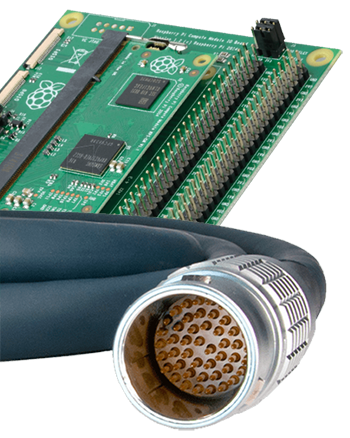Wire Harness Assembly Process
Most wire harnesses are designed with a specific application or device in mind for optimal functionality and safety. The most important factors to consider during the design process are space requirements, installation preferences, and power demands of the equipment or device in which the harness will be used. Other factors to consider include temperature, chemical exposure, humidity, flexibility, and color preferences. In general, the length of time required to manufacture the wire harness assembly will depend on the design’s complexity.
Given the complexity of wire harness assembly manufacturing, working with a provider with the relevant design and manufacturing experience is essential to meet your specific requirements. Creating a wire harness assembly typically involves the following key steps.













